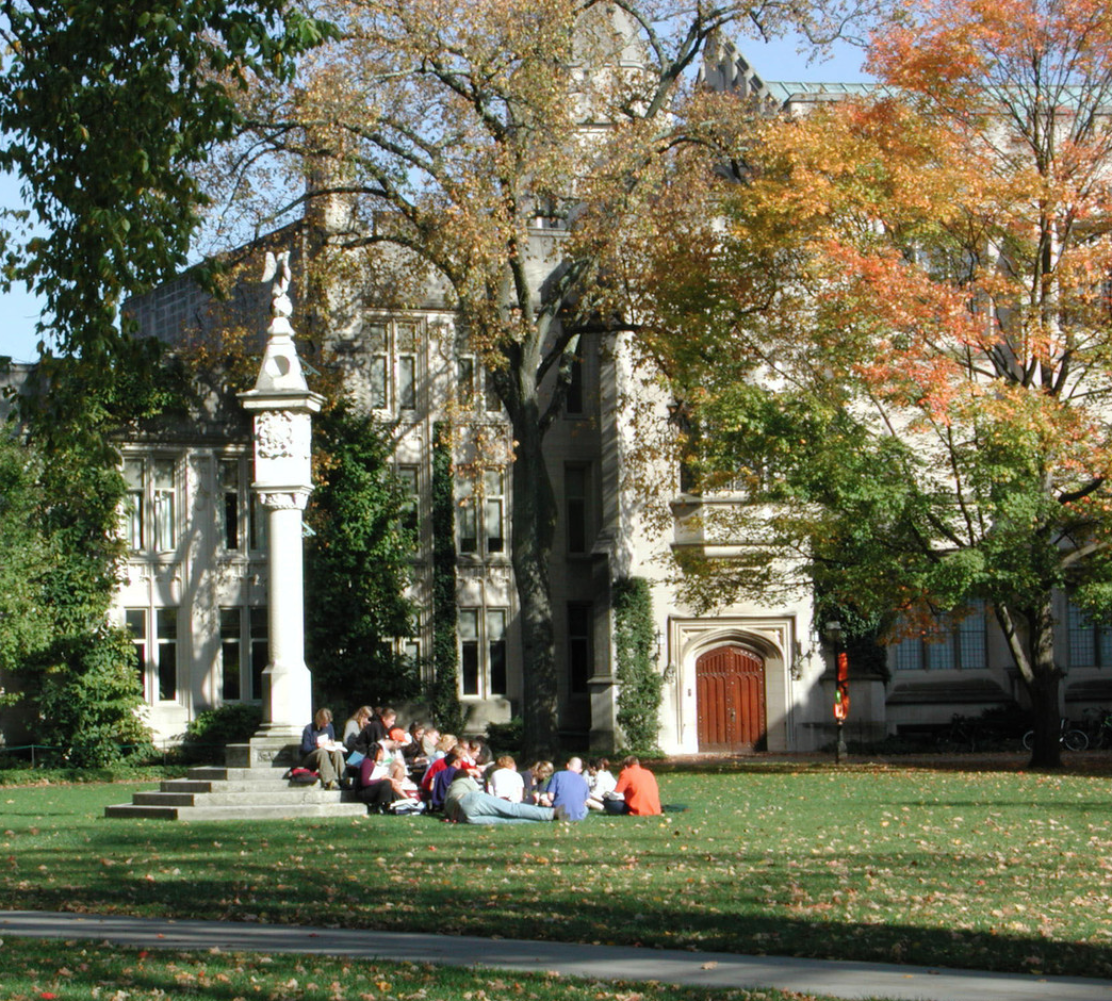This post was written by Gabrielle Johnson after her Princeternship.
For my Princeternship, I spent three days at St. Luke’s Orthopaedic Specialists in Phillipsburg, New Jersey. There I shadowed Orthopedic Physician Dr. Nicholas Avallone ’97. While this was not my first time in a clinical setting, it was my first time in an actual doctor’s office—all of my clinical shadowing experience has taken place in a hospital and this opportunity enlightened me on the other main medical setting.
My first day was both busy and very informing. I arrived at the office and was greeted by a group of staff that instantly welcomed me into their group. We spent the first day solely in the office. As the day went on, I found that an office setting is extremely different from a hospital setting. For one, the interactions between Dr. Avallone and his patients were more familiar and personable. This was in great contrast to what I had seen before—doctors coming in and out of patients’ rooms at a hospital. While doctors in a hospital see a multitude of patients, they treat them and then most likely never see them again. On the other hand, Dr. Avallone saw patients who came in somewhat frequently, allowing a relationship to build between doctor and patient that is largely absent in a hospital setting. It made me think about my future plans: would I want to have a personable relationship with my patients, in which they were actual people instead of just patients? Or would I want to have a largely impersonal relationship with the people I treated? It was something that I had not thought of before.
On my first day at St. Luke’s, though I spent much of my time with Dr. Avallone, I also spent time with one of the medical assistants, Virginia. Virginia, I felt, went above and beyond in her interactions with me while I was there—she showed and taught me things that I wouldn’t have seen or learned while following a physician: simple things like how to make a cast, how to adjust a cane, and how to put on an Air Cast. It was really nice of her to include me in these things, things that might seem trivial for a doctor-to-be, but I felt as though it was an invaluable experience and I am very grateful to her for taking the time to teach me these skills.
My second day, I was supposed to spend half of the day in the office and half of the day in the Operating Room. Unfortunately, that’s not how the day worked out due to the “Blizzard of 2015.” Instead, we spent the morning in the office making rounds with the patients, and then I left to drive back to campus before the “Blizzard-that-never-was” arrived. In my time on day one and day two in the office, I saw a variety of things ranging from typical bone breaks to chronic knee pains that kept getting worse to concussions. I learned a lot of medical things that were, at times, hard to follow due to the medical terminologies, but it was still cool to learn about such a variety of ailments that an orthopedic doctor treats.

The final day, we were in the surgical center at the hospital. There were a total of six surgeries: carpal tunnel surgeries, arthroscopies, and a tendon repair. Just as on the office days, I was able to “sample” a variety of surgery types. There were two carpal tunnel surgeries, which were surprisingly simple in nature. The fastest one took less than five minutes of surgical time! On the other hand, the tendon repair was a surgery that sparked the interest of many and took a while longer, resulting in a crowded operating room. That one, I felt, was the highlight of the day. While Dr. Avallone wasn’t sure that he would be able to help a patient who had a tendon tear in their quadriceps above their knee, he was able to help them. It was a great reminder of the good that a doctor is capable of bringing into a patient’s life. Finally, there were a couple of arthroscopies, both of the shoulder and knee. Arthroscopy was an interesting thing to watch because it involves scopes and is minimally invasive. It was unlike any other surgery that I’ve seen, using a screen to view the inside of a joint. It was both intriguing and kind of weird—it changed my take on what “surgery” actually is in that it doesn’t always involve cutting someone open on a relatively large scale.
Although I did learn a ton of things about the medical field during my time at St. Luke’s, I think that my experience with the people there was most valuable. Dr. Avallone was extraordinarily awesome—he was funny, friendly, and knowledgeable about his field, and not once did he ignore my presence. I always felt extremely welcomed while in his presence, as well as the presence of his staff. In addition to Dr. Avallone, I was able to meet a resident, and I thought that it was extremely inspiring to see someone working toward what I hope to do with my life. It’s one thing to be in the presence of a certified practitioner—it’s another to be in the presence of someone who still vividly remembers what it was like during undergraduate studies. I gained a plethora of advice from everyone there, especially from Dr. Avallone and Dr. Patel, the resident.
Shadowing at St. Luke’s was, although short, one of the best experiences that I’ve had up-to-date. And although I’m sad it’s over, I couldn’t recommend an experience like this one enough, especially with the fabulous group over at St. Luke’s Orthopaedics. Thank you so much for making my experience so wonderful.

You must be logged in to post a comment.